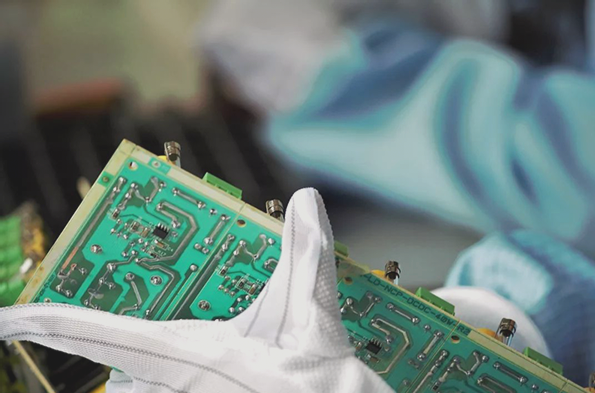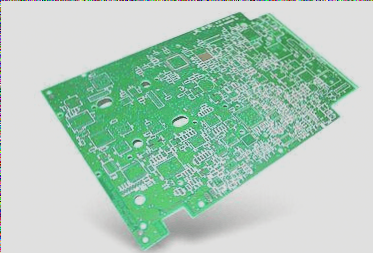Comparison of Two PCB Differential TDR Test Methods
Method 1: True Differential Test Method
Step signal A and step signal B create a pair of differential step signals with opposite directions, equal amplitudes, and simultaneous emission. By monitoring these signals with a real-time oscilloscope, the true differential nature of the signal can be confirmed. This method allows for direct measurement of the characteristic impedance of the differential trace by the TDR device.
The primary advantage of using true differential testing is the possibility of virtual grounding. Since the differential line and signal are balanced, no separate grounding is required during testing as long as channels A and B are kept together.
Method 2: “Superposition” Method (Pseudo-differential)
In this method, step signals A and B are not applied simultaneously and do not have opposite directions, resulting in a pseudo-differential signal. This method relies on software calculations to simulate the differential impedance test, as it cannot directly measure the differential impedance of the DUT.
One limitation of this method is the lack of simultaneous interaction between differential signals and the inability to achieve virtual grounding. Additionally, independent grounding points for Channel A and Channel B probes are required.

Limitations and Differences of the “Coupon” Test
Key differences between the test “coupon” and actual PCB traces include fixed test point spacing at 100 mil, which may not align with the spacing of chip pins on the PCB. Additionally, while “coupon” traces are ideal straight lines, actual PCB traces can be curved or irregular due to design constraints.
To address the limitations of pseudo-differential TDR equipment and enable differential TDR measurement of real PCB traces, most manufacturers create a test strip known as a “coupon” with differential traces located around the PCB.
The Importance of True Differential TDR Testing in PCB Design
When it comes to testing PCBs, it’s crucial to understand the significance of true differential time domain reflectometry (TDR) testing. The position of solid traces within a “coupon” may differ from those on the entire PCB, making it essential to conduct accurate testing on real high-speed circuits.
Challenges in Direct Testing
- Locating a suitable ground point for a differential TDR probe can be challenging.
- Designing fixed-pitch ground points near the ends of traces is not common in high-speed PCB design.
Advantages of True Differential TDR Testing
With a true differential TDR test method, achieving virtual grounding is possible without the need to ground the probe to the PCB under test. By utilizing a differential TDR probe with adjustable spacing, effective testing can be carried out with ease.
Key Benefits:
- Access to a high-bandwidth differential TDR probe for accurate testing.
- Continuous probe spacing adjustment for testing small points with precision.
- Ability to detect impedance discontinuities accurately.
The true differential TDR device, paired with a high-bandwidth differential probe, streamlines the process of PCB impedance testing by eliminating the need to find specific connection points on the PCB. By adjusting the probe spacing accordingly, real differential traces within the PCB can be identified effortlessly.



